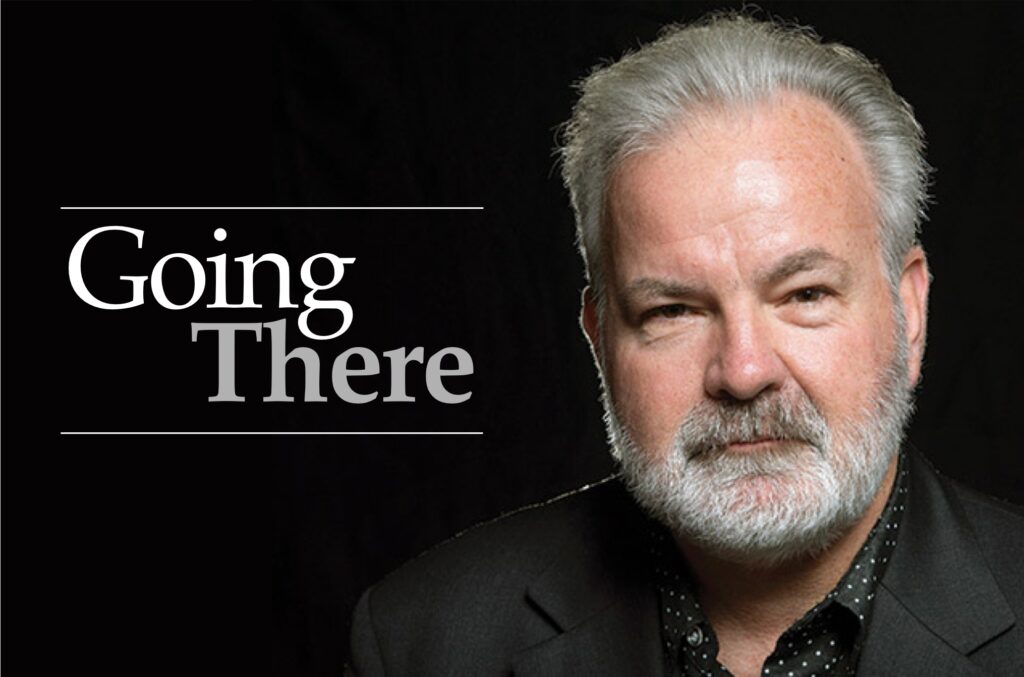Lack of maintenance results in tree removal
by Michael Heilpern
Thank you for publishing a story about the city’s plan to remove the 50-foot-tall pine trees in The Club neighborhood, which appeared in the March 1 edition of the COURIER.
Like Tonya Bennitt, quoted in the article, many of us who chose to live in The Club neighborhood were attracted by the pine trees, which give the neighborhood its distinctive quality. They are also appreciated by the dozens of Claremont residents from outside the immediate neighborhood who enjoy walking, jogging, biking or pushing baby strollers on these streets every day of the week.
In December, when the Community and Human Services Department notified some of the area residents of its intentions, it prompted a spontaneous outcry, including a hard copy petition to protect the trees, which now has close to 100 signatures. This is in addition to the online petition referred to in the article.
Links to both petitions can now be found online at www.ProtectClaremont Trees.org.
The article quotes Stacy Cuevas, community and human services manager, as saying that “issues with the health and stability of the towering pines at The Club have been ongoing since 2005.”
It would be more accurate to state that issues with the pines disrupting hardscape have been ongoing since 2005. Given that the city, in the first phase of its tree mitigation plan, chose not to have the trees evaluated for health and stability by a certified arborist, we never really learned how many of them were either unhealthy or unstable.
What we did learn was how much the character of Shenandoah Drive was changed by removing just one-third of the trees. We also learned that you can’t really “replace” a 50-foot pine tree with a 10-foot sapling of any species. What you end up doing is not “replacing” the tree but destroying it, and then planting another that may grow to replace it in 25 to 30 years.
Now, nearly 8 years after they were planted, a brief tour of Shenandoah Drive clearly demonstrates how much these young trees will need to grow before they come close to replacing the giants that were cut down.
When the city attempted to remove another third of the trees in 2008, it was met with tremendous resistance from the neighborhood. So much so that the city council insisted that all the trees that were damaging hardscape be individually evaluated to preserve as many as possible, as prescribed by our tree policy guidelines. As a result, only 12 trees were removed.
Additionally, in 2008, the city council had the “special circumstances mitigation” provision, which previously had allowed the city to remove healthy trees, stricken from the tree policy guidelines—a clear indication that healthy trees should not be “mitigated” in the future. Which is why it is so surprising that staff would recommend a similar course of action once again.
The Community and Human Services Commission, a citizens’ advisory board, heard the department’s plans for The Club neighborhood on February 6. Contrary to the report in the COURIER, the commission did not “recommend the removal of any of the trees with roots causing significant damage.” Rather, it voted unanimously, 7-0, to recommend that the city adhere to the tree policy guidelines, which require that each tree be evaluated individually to determine whether hardscape damage could safely be remedied through the usual means of trimming or grinding the tree’s roots.
The article also states that the department estimated the cost to “fix the problem” of damaged hardscape at $470,859. According to the staff report of January 28, that figure is an estimate of the total cost since 2005, including work that was completed in 2005 and 2008 plus future work.
What Ms. Cuevas did not tell the COURIER is that damage to the side streets that feed into Shenandoah Drive has not been addressed at all in at least 10 years, a source of frustration for people living on those streets. In our view, this is not primarily a “tree problem” but a problem of lack of regular maintenance.
The craziest thing about the latest “tree replacement” program is that it is entirely unnecessary. We have a conservative, well-conceived tree policy, which allows for mature trees to be removed if there is no other way to remedy damage to hardscape without endangering their health or stability.
The tree policy does not prevent us from maintaining our roads and sidewalks. Rather, it slows down our process so that we consider all other alternatives before destroying valuable community assets that will take an entire generation to be replaced in the name of cost-savings or efficiency.







0 Comments